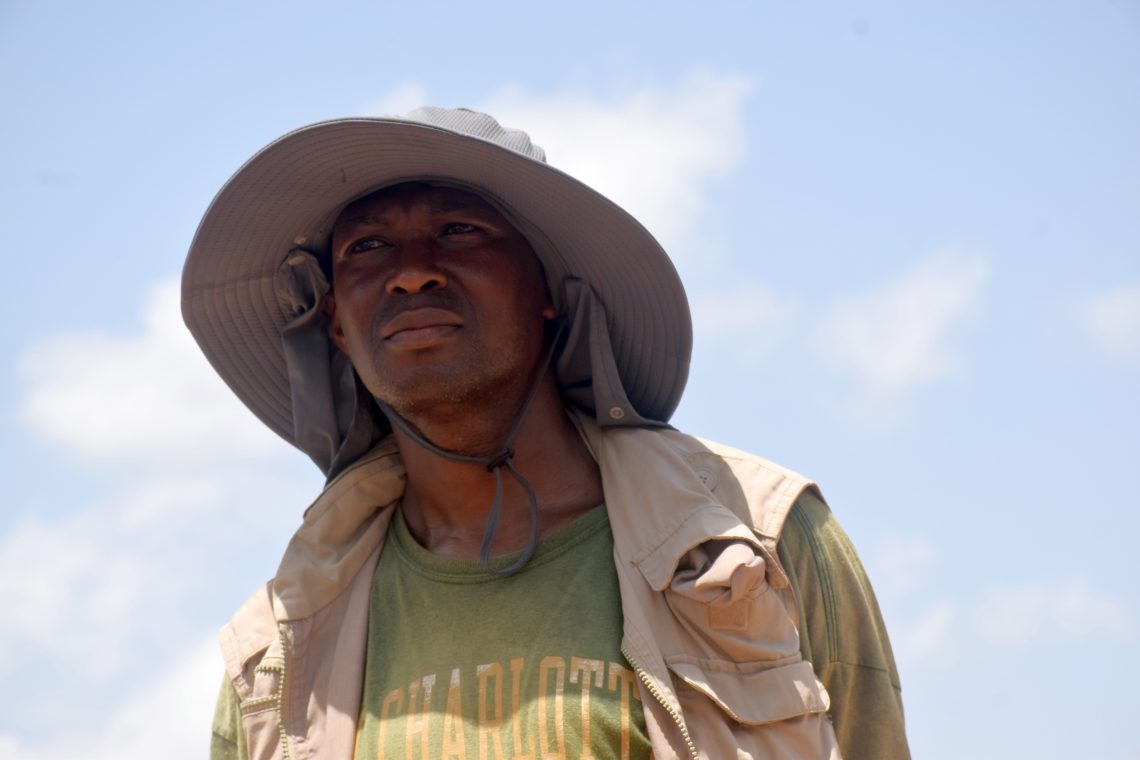An archeologist, Prof. Akinwumi Ogundiran, has cautioned against
destruction of Bara, a historically significant town of the ancient Oyo
Empire, through deforestation caused by arable farming and cattle
grazing.
Bara, located in the Kaiama Local Government Area of Kwara, is noted for
being the burial site for past Alaafins of the old Oyo Empire.
Ogundiran, also a cultural historian, said on Wednesday that there was
the need for the Alaafin of Oyo, Oba Lamidi Adeyemi, and other
stakeholders to intervene and prevent Bara from destruction.
Ogundiran, a Professor of African Studies, Anthropology and History at
the University of North Carolina, Charlotte, U.S., spoke to the News
Agency of Nigeria (NAN) in Lagos.
He regretted that Bara had yet to be recognised by the National Park
Service.
He said that Bara, with such an ancient heritage, should be a tourist
attraction, but had yet to be given due attention.
The don, who authored ‘The Yoruba – A New History’, called on Alaafin
and other stakeholders to salvage the site from rapid deforestation.
According to him, thousands of trees are being cut illegally,
precipitating a looming environmental crisis and destruction of
historical artefacts.
“These include an ancient wall in the old town, which scholars believe
should be a protected heritage site, due to its special significance in
Yoruba history.
“There are fears that if something is not done urgently, there will be
little or nothing to salvage in an ongoing 10-year archaeological
project that holds the key to a better understanding of the Oyo Empire
in particular and Yoruba history in general.
“This is one of the well-preserved sites that should be maintained. We
are recovering some evidence to tell generations that this is what
happened at this place,” he said.
Ogundiran disclosed that based on findings over the last five years, he
would collaborate with the Nigerian National Park Service to recommend
Bara to the Federal Government for protection as a historical site.
He, however, said that hopes were fast fading as the town’s historical
integrity was being compromised on a massive scale.
According to Ogundiran, archaeology is a prolonged process.
“It takes time to accumulate data. You can only be here for a month at a
time or a maximum of two months.
“We collect data and go back, but it takes a lot more time to process
than even excavate it.”
The professor noted that Alaafin’s intervention would help to stop
Bara’s destruction.
“The intervention would take many levels. The first is for the Alaafin
to send delegates to take possession of the site.
“That is easy to do because all he has to do is consult with the Emir of
Bani; this place is now under the jurisdiction of the Emir of Bani, who
understands the importance of this place.
“The next thing is for the Alaafin to send delegates there; at least
maintain a presence at the site,” he said.
The don said that the Alaafin should thereafter initiate the process of
how the site could become a historical one.
“We have all the pieces of evidence that we can use.
“Some places in Nigeria do not have this level of importance but are
enlisted as historical sites,” he said.
The professor added that Alaafin’s intervention on the burial site of
his predecessors such as Ajagbo, Obalokun and Onisile would be needed to
save the site from invaders.
“You can graze in limited areas to allow archaeological work to continue
because it would take 20 years of archaeological work before we can
amass all the data we need,” he said.
Ogundiran said that he had been undertaking an archaeological project in
Bara since 2017.
“What we have done so far is important.
“We have made some great discoveries, but if we can preserve this site,
there is more to learn about the history of the Oyo Empire,” he said.



